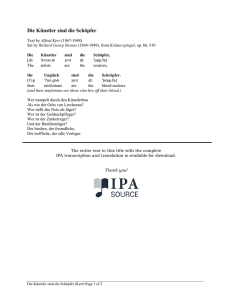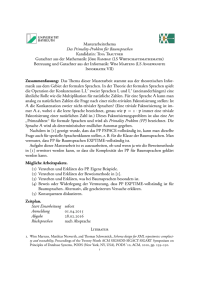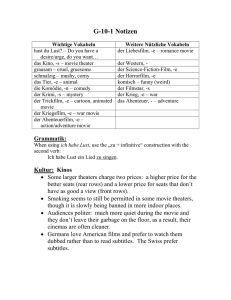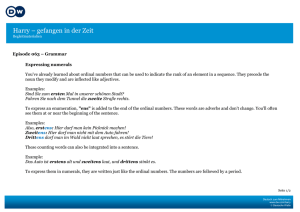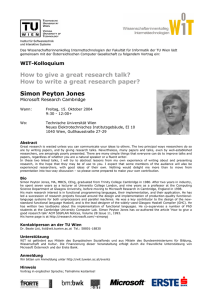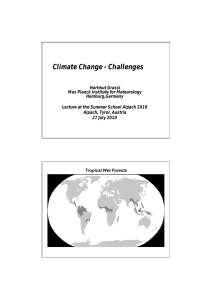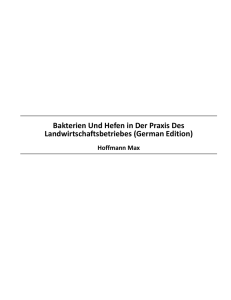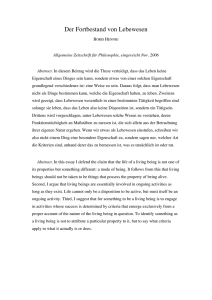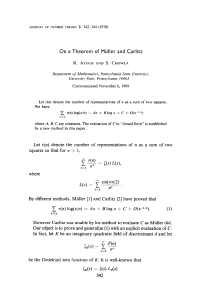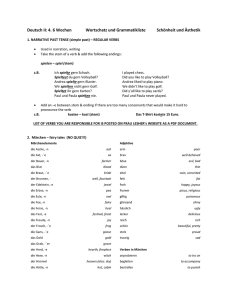Note on the diophantine equation 1 + 2 p + (2p)2 +···+ (2p)n = yp
Werbung
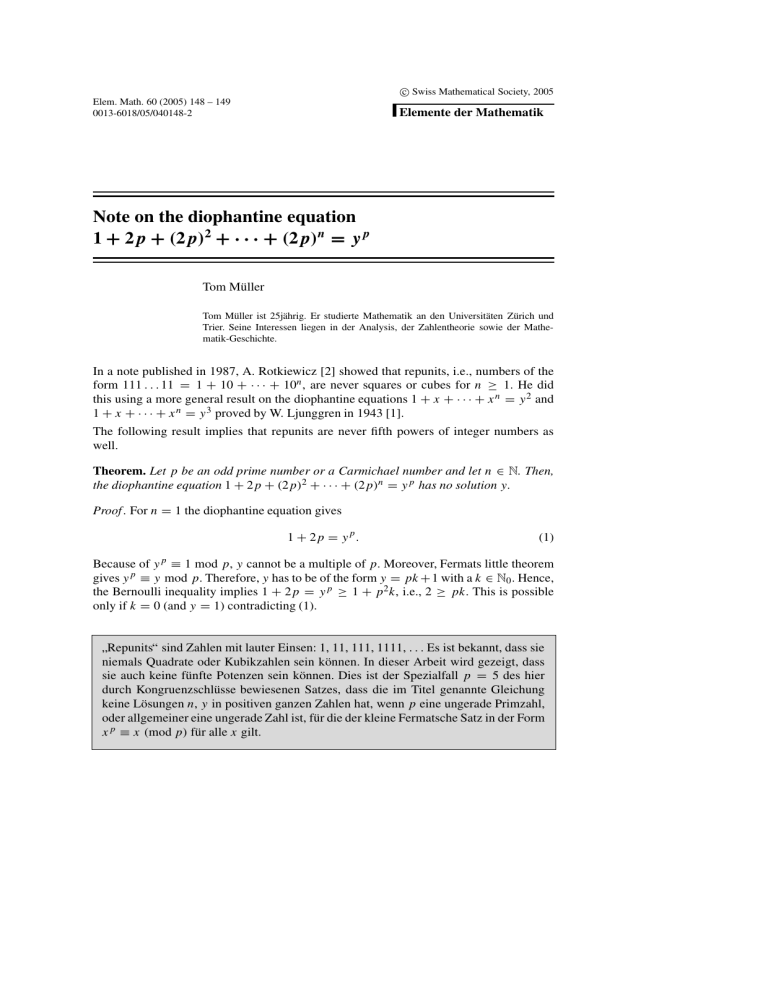
c Swiss Mathematical Society, 2005
Elem. Math. 60 (2005) 148 – 149
0013-6018/05/040148-2
Elemente der Mathematik
Note on the diophantine equation
1 + 2 p + (2 p)2 + · · · + (2 p)n = y p
Tom Müller
Tom Müller ist 25jährig. Er studierte Mathematik an den Universitäten Zürich und
Trier. Seine Interessen liegen in der Analysis, der Zahlentheorie sowie der Mathematik-Geschichte.
In a note published in 1987, A. Rotkiewicz [2] showed that repunits, i.e., numbers of the
form 111 . . . 11 = 1 + 10 + · · · + 10n , are never squares or cubes for n ≥ 1. He did
this using a more general result on the diophantine equations 1 + x + · · · + x n = y 2 and
1 + x + · · · + x n = y 3 proved by W. Ljunggren in 1943 [1].
The following result implies that repunits are never fifth powers of integer numbers as
well.
Theorem. Let p be an odd prime number or a Carmichael number and let n ∈ N. Then,
the diophantine equation 1 + 2 p + (2 p)2 + · · · + (2 p)n = y p has no solution y.
Proof . For n = 1 the diophantine equation gives
1 + 2 p = y p.
(1)
Because of y p ≡ 1 mod p, y cannot be a multiple of p. Moreover, Fermats little theorem
gives y p ≡ y mod p. Therefore, y has to be of the form y = pk + 1 with a k ∈ N0 . Hence,
the Bernoulli inequality implies 1 + 2 p = y p ≥ 1 + p 2 k, i.e., 2 ≥ pk. This is possible
only if k = 0 (and y = 1) contradicting (1).
Repunits“ sind Zahlen mit lauter Einsen: 1, 11, 111, 1111, . . . Es ist bekannt, dass sie
”
niemals Quadrate oder Kubikzahlen sein können. In dieser Arbeit wird gezeigt, dass
sie auch keine fünfte Potenzen sein können. Dies ist der Spezialfall p = 5 des hier
durch Kongruenzschlüsse bewiesenen Satzes, dass die im Titel genannte Gleichung
keine Lösungen n, y in positiven ganzen Zahlen hat, wenn p eine ungerade Primzahl,
oder allgemeiner eine ungerade Zahl ist, für die der kleine Fermatsche Satz in der Form
x p ≡ x (mod p) für alle x gilt.
.
Note on the diophantine equation 1 + 2 p + (2 p)2 + · · · + (2 p)n = y p
149
Suppose now that there is an n > 1 leading to the solution y ∈ Z. Then the two congruences
y p ≡ 1 mod 2 p
(2)
and
y p ≡ 2 p + 1 mod (2 p)2
(3)
have to be fulfilled simultaneously. To get equation (2), y must be of the form (2 p)k + 1
with a k ∈ Z. This can be seen writing y = 2 pk +r with k ∈ Z and r ∈ {0, 1, . . . , 2 p −1}.
Then
(2 pk + r ) p ≡ r p mod 2 p
and again with Fermat
(2 pk + r ) p ≡ r mod p,
leading to y p = 2 pl + r p and y p = pm + r with l, m ∈ Z. As r and r p are both
either odd or even, pm is a multiple of 2 and therefore, m is an even number. Hence,
y p ≡ 1 ≡ r mod 2 p, and so r = 1.
Using the binomial formula we obtain y p = (2 pk + 1) p ≡ 2 p 2 k + 1 mod (2 p)2 . Then
an even k leads to y p ≡ 1 mod (2 p)2 , while we get y p ≡ 2 p 2 + 1 mod (2 p)2 with k
odd. Considering the inequality 1 < 2 p + 1 < 2 p2 + 1 < (2 p)2 this contradicts the
congruence (3). Therefore, the assumed n does not exist.
Choosing p = 5, the diophantine equation 1 + 10 + · · · + 10n = y 5 has no solution, and
so the numbers 11, 111, 1111, . . . are never fifth powers of integer numbers.
References
n −1
[1] Ljunggren, W.: Noen setninger om ubestemte likninger av formen xx−1
= y q . Norsk Mat. Tidsskr. 25
(1943), 17–20.
[2] Rotkiewicz, A.: Note on the diophantine equation 1 + x + x 2 + · · · + x n = y m . Elem. Math. 42 (1987),
76.
Tom Müller
Institut für Cusanus-Forschung
an der Universität und der
Theologischen Fakultät Trier
D-54290 Trier, Deutschland
e-mail: [email protected]

